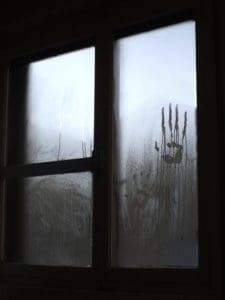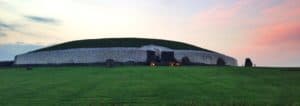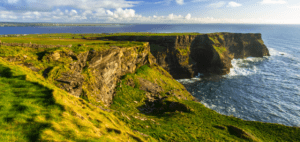Worth Visiting: 3 Great Mosques inside Saladin Citadel Complex Incarnate Islamic Cairo
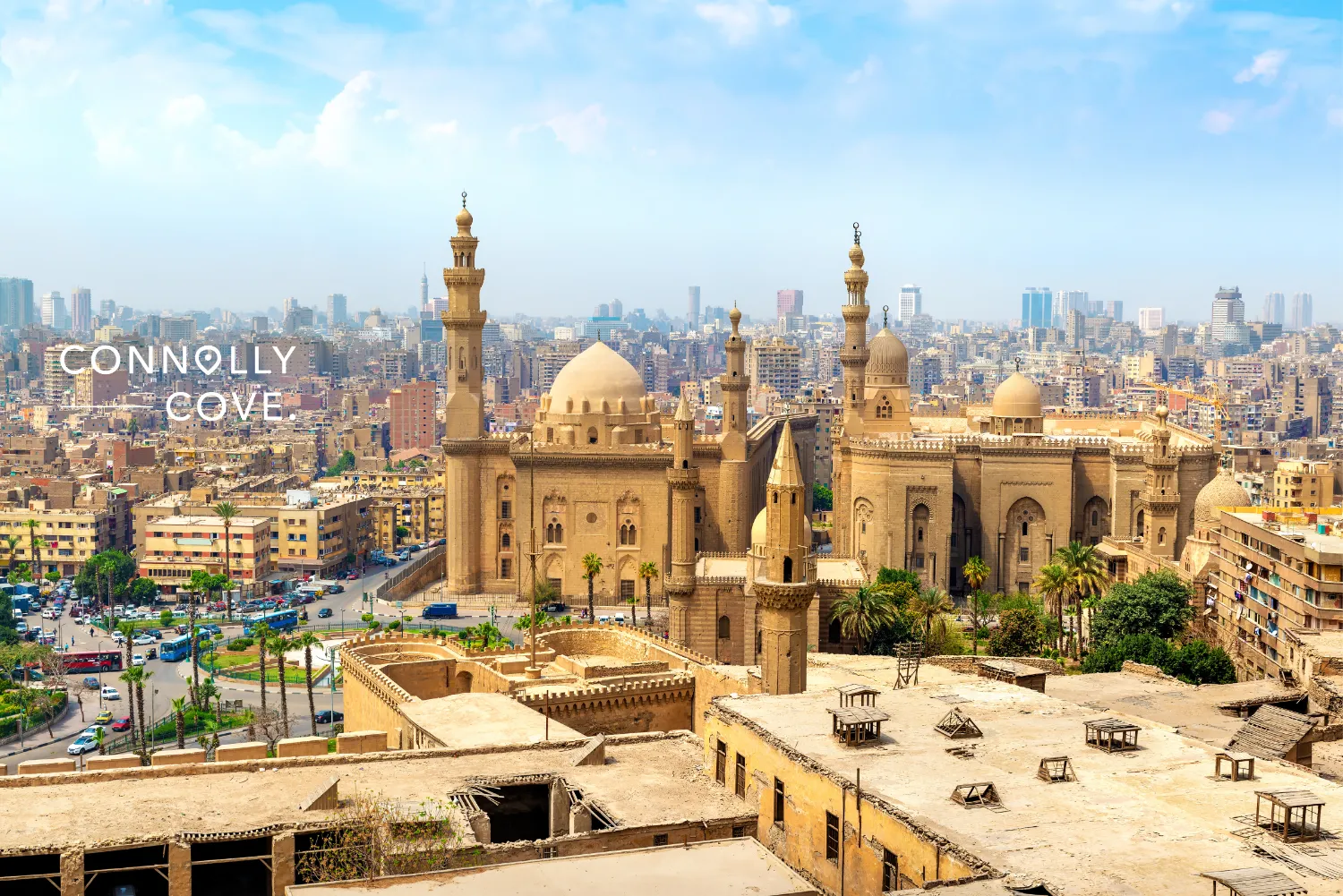
Updated On: February 19, 2024 by Marwa Abdel Moniem
Are you fond of citadels and the epic tales about them? If yes, continue reading as we tell you about one of Egypt’s most popular fortifications that date back to Saladin, the founder of the Ayyubid dynasty. This article will shed light on the story of the Citadel of Saladin and its three mosques in Cairo. Citadel goers will find that fascinating!
Aka the Cairo Citadel, this Islamic fortress has been standing on El Mukattam Hill ever since the Middle Ages. This strategic position with a view of the Egyptian capital from the top was intended since the Citadel of Saladin was the seat of the government and the residence of the rulers of Egypt between the 13th and 19th centuries. Now, let’s dig deeper into the history of this Citadel in Islamic Cairo!
Table of Contents
Saladin: A Muslim Hero and Founder of the Ayyubid Dynasty
Born Al-Nasir Salah al-Din Yusuf ibn Ayyub in 1137, the Muslim hero is best known as the opponent of the Crusaders. Hailing from Tikrit in Iraq, Saladin — as referred to in the West — was seen as a larger-than-life hero who defeated the invading Crusaders of the Levant in the Battle of the Horns of Hattin in 1187.
The great Muslim warrior fought against the Fatimids in Egypt and expelled them in 1174. Egypt then returned under the Abbasid Caliphate, thanks to Saladin.
Saladin was the Sultan of Egypt, Syria, Yemen and Palestine. He died in Damascus, Syria, on 4 March 1193.
The Citadel of Saladin: An Islamic Fortress & a Massacre Scene
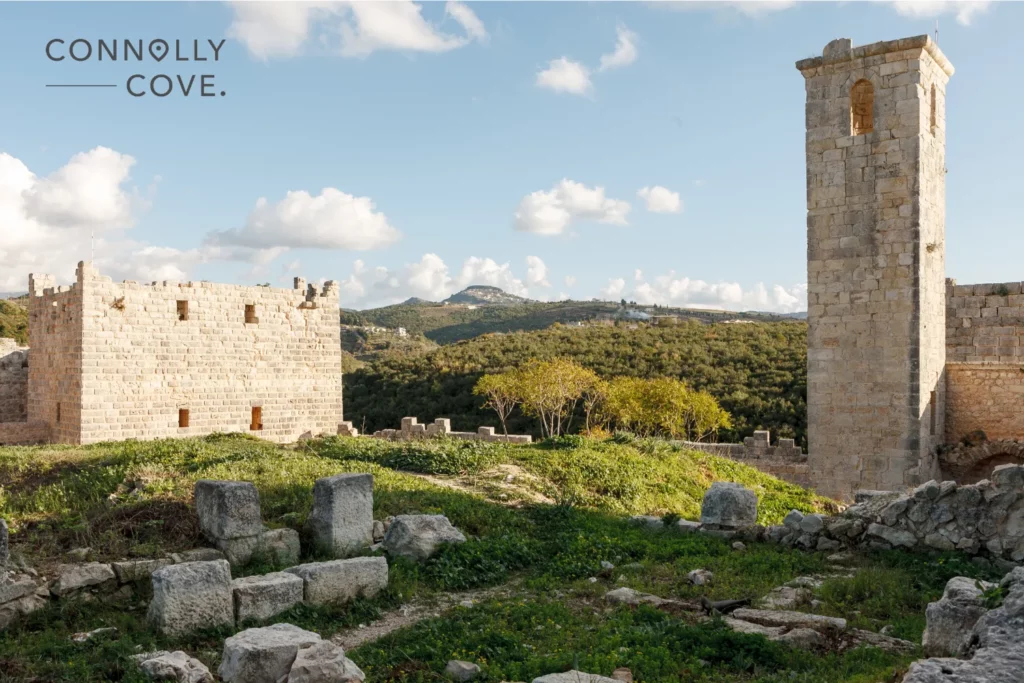
Such a historic fortification it is — the Citadel of Saladin. Everything about it is just excellent, from its location atop a hill in the centre of Cairo to its structure, which has been developed by the subsequent rulers of Egypt. We are talking about a Medieval Islamic fortress that at one point served as a key defence building against the Crusaders and then the seat of government for over 700 years,
In 1176, Saladin ordered to build a citadel to unite the cities of Cairo and Fustat. Also referred to as the Cairo Citadel, this fortress has since been standing on El Mukattam Hill, dominating the skyline of the Egyptian capital.
The Cairo Citadel was the scene of a massacre during the Ottoman rule of Muhammad Ali. Muhammad Ali Pasha invited the Mamluks to celebrate in the citadel, locked the gates and had his troops slaughter them.
Visiting the Citadel complex today, you will also get to see three mosques built on El Mukattam Hill, one of which is that of Mohamed Ali himself! The Citadel of Saladin, in the heart of Old Cairo, continued to serve as the headquarters of the Egyptian government before being replaced by the Abdeen Palace in 1860.
Al Nasir Muhammad Mosque
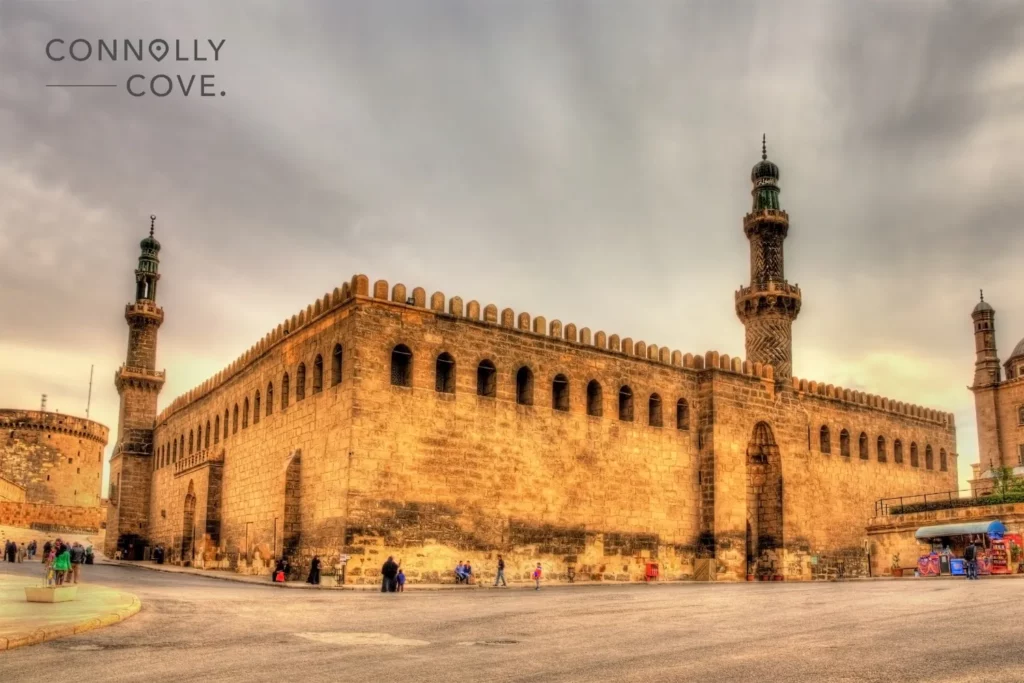
The mosque of Al Nasir Muhammad is the oldest. It is the first mosque visitors find as they enter the complex of the Saladin Citadel. The Al Nasir Muhammad Mosque is one of the surviving buildings established in the medieval period in Egypt.
Built in the early 14th century, 1318 AD, at the order of El Mamluk Sultan Al Nasir Muhammad ibn Qalawun, the mosque is situated in the southern section of the Saladin Citadel. It was the royal mosque of Cairo because the rulers used to perform the weekly Friday prayers there.
It is a hypostyle mosque with a courtyard supported by rows of marble columns on three of its arcaded sides. It also features a sanctuary on the Qibla side. What is unique about the Al Nasir Muhammad Mosque is its two minarets, which are the only ones in Egypt with bases below the level of the roof. One of the minarets is found on the northwestern corner of the mosque, while the other is on the southeastern side.
Looking up at the ceiling, you will find geometric shapes that form such a beautiful decoration. A pulpit inside the mosque is made of wood inlaid with ivory and with the name of King Farouk inscribed. The Al Nasir Muhammad Mosque could accommodate up to 5,000 worshippers.
The Mosque of Sulayman Pasha Al Khadim
The Mosque of Sulayman Pasha is the first ever to follow the Ottoman architectural style of the 16th century. It stands where the Fatimid Mosque of Sidi Sariyya, which had been built by then-emir Abu Mansur ibn Qasta in 1141— before the citadel was constructed even — once was.
Established on top of El Mukattam Hill in 1528 in the northern enclosure of the Saladin Citadel, the Mosque of Sulayman Pasha has a dome in the centre and three semi-domes surrounding it.
The central dome covers the prayer hall, which is in the Ottoman T-form variant, with the Mihrab making the stem of the T. The prayer hall is one of two sections of this rectangular mosque.
“To God belongs the Kingdom of the heavens and of the earth; and God is powerful over everything.”
“Our Lord, give us what Thou has promised us by Thy Messengers, and abase us not on the Day of Resurrection.”
Quranic Inscriptions on the Dome
Verses of the Holy Quran had been carefully chosen to pinpoint the Universal Law of Islam. Typical of the Mamluk style, the Quranic verses are engraved in black Kufi on white marble. The verses are handsomely inscribed on the dome.
The second section is a marble-paved courtyard, which is also surrounded by domes having green tiles. The shrine of Mansur ibn Qasta can still be found in the courtyard of the Mosque of Sulayman Pasha Al Khadim.
The Mosque of Muhammad Ali: The Alabaster Mosque
Built in 1848 AD, the Mosque of Muhammad Ali stands on the site of once-existing Mamluk buildings. Muhammad Ali gave orders to build the mosque in memory of his eldest son Tusun who died young in 1816. That was in 1830.
Once constructed, Muhammad Ali’s was considered the main mosque of the citadel instead of that of Al Nasir Muhammad. It was initially designed to become the national mosque of a quasi-independent Egypt.
This mosque was meant to serve as an iconic symbol of Egypt’s ruler Muhammad Ali Pasha. It represented the Ottoman identity, military power and religious authority, which were the sources of his legitimacy in Egypt.
Located on the summit of the citadel, the Mosque of Muhammad Ali in Cairo mirrors the design of the Mosque of Sultan Ahmad, which was built in 1616 AD in Istanbul. It is a typical classical Ottoman mosque, adhering to the temple style, with a massive dome in the centre surrounded by four half domes. The Mosque of Muhammad Ali also features classical pencil-shaped Ottoman minarets with a predominant view over Cairo.
Marble panelling is found on the interior and exterior walls, as well as the floors of the mosque. They are all covered with alabaster cladding, which is why it came to be known as the Alabaster Mosque.
It is inside this mosque that Muhammad Ali Pasha was eventually laid to rest. His marble tomb can be found in the southwestern corner of the mosque.
The Mosque of Muhammad Ali is considered one of the landmarks of Islamic Cairo. It stands out among the three mosques in the complex to the extent that even the citadel, though built by Saladin, is often referred to as the citadel of Muhammad Ali.
Islamic Cairo: A City of a Thousand Minarets
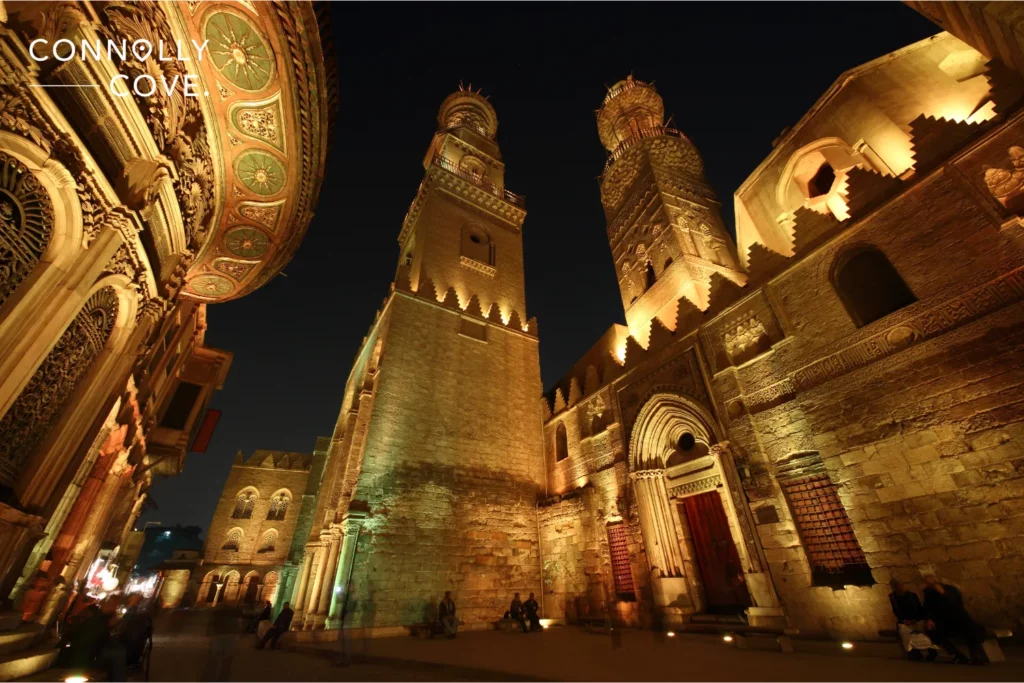
Because modern Cairo is one thing and medieval Cairo is another, you will find a striking difference between nowadays downtown and the area that once served as the centre of the Islamic world.
Cairo is indeed one of the oldest Islamic cities in the world, housing the most famous mosques, monuments and ablution fountains that have been there since the 10th century. Your visit to the three mosques inside the Saladin Citadel complex is just a drop in a sea of ancient and beautiful Islamic architecture.
Cairo is undoubtedly home to a wide range of mosques that stand witness to different periods of Islamic rule in Egypt. Visiting Islamic Cairo will be such an enriching experience in a city that rightly earned the title of “the city of a thousand minarets”.
The ancient Islamic monuments, including the Citadel of Saladin, have indeed left their mark on Cairo, adding to the diversified layout of the city. Islamic Cairo is just a slice of a cake with the tastes of other civilisations.
The Citadel of Saladin and its three mosques are a good start in your journey to explore Islamic Cairo. Pictures are allowed inside the complex, so you will be able to memorise your visit to this magnificent landmark of Egypt. You will be overwhelmed!


